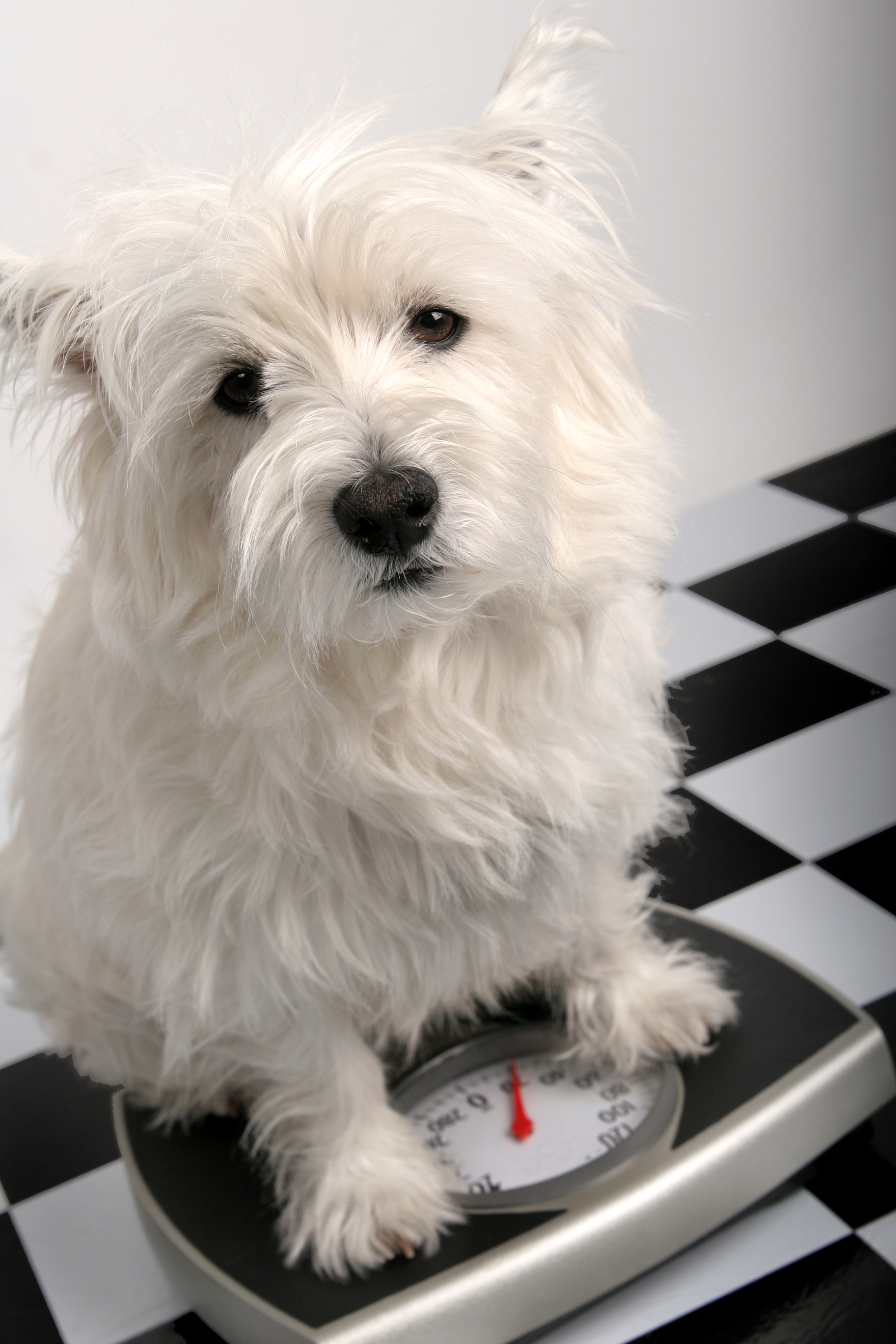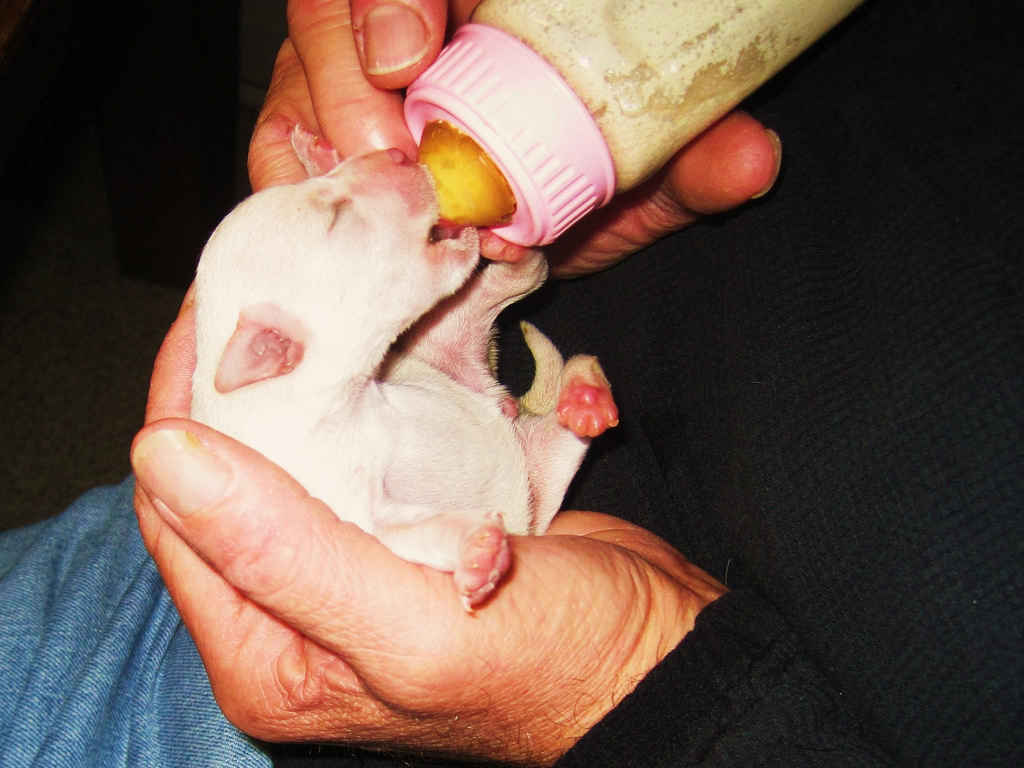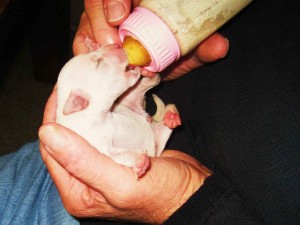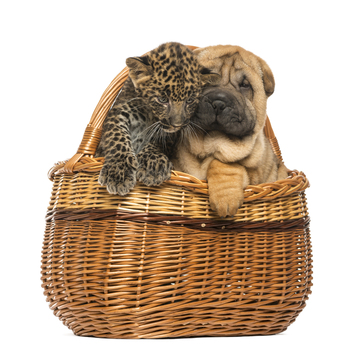[p1vc-video]
Overweight Dogs
Obesity is not just a growing problem for the human population, overweight dogs–just plain fat dogs–is becoming more common.
Obesity is a common nutritional disorder in dogs. Just like people, dogs can get fat through over feeding and insufficient exercise.
In fact, the problem has reached epidemic levels in the US where more than half the dog population is overweight.
Even if you think you are only giving your dog a small amount of food per day, if you dog is getting insufficient exercise relative to the amount of food intake, he can still gain weight. Over time, he can and will get fat.
Fat dogs are not healthy dogs. Overweight dogs tend to develop health problems such as diabetes, and excess weight can aggravate conditions such as arthritis, which often develops in middle aged and elderly dogs.
To put it in perspective, an extra five pounds on a 15 pound dog is equivalent to an extra 50 pounds on a 150-pound person.
Causes and Related Illnesses
Lesley Rootham explains it like this:
The main causes are very straightforward – overfeeding and under exercising. It's terribly easy to over indulge a dog, those soft brown, oh so appealing eyes, moving from the plate to your eyes and back again, pleading for just a morsel, just a crumb… BUT WAIT!! Before you succumb, remember, really serious health issues can affect obese dogs –
• Breathing problems. The extra weight puts stress on a dog's heart & lungs which have to work harder.
• Heat intolerance. The extra weight, combined with the dog's natural furry coat, can make fat dogs miserable in hot weather. It's harder for them to cool off.
• Joint problems. Excess weight can lead to arthritis or premature joint problems and ruptured cruciate ligaments are more common on fat dogs.
• Additional risk under anesthesia. Dogs are at increased risk if they have to undergo surgery, due to the excess weight.
• Additional medical risks, such as heart problems and dog diabetes, which is becoming increasingly prevalent.
All of these afflictions will shorten a dog's life.
Visit iheartdogs.com for a revealing updated list of obesity-related illnesses that can be prevented.
Simple Solutions
How You Can Prevent Your Dog from Becoming Fat?
Fortunately, there are some common-sense weight control measures you can take to help prevent your dog from getting fat.
Lesley states, Action is required!
With a very overweight dog, losing weight can be a daunting task but the longest journey starts with just one step and the route to a slimmer dog starts with regular exercise and a sensible diet.
Being overweight places a considerable strain on a dog's internal organs and joints – not just because they're working harder to lug all that extra weight about but because they themselves are encased in fat, so exercise needs to be little and often to begin with. Three, 10 minute walks are much better than one 30 minute walk. Each week add another 5 minutes to each walk. As your dog becomes fitter, they'll want to go further so you'll gradually increase the amount of exercise and hopefully you'll be feeling the benefit as well!If food intake isn't reduced, all this exercising will simple turn the fat into muscle, not slim the dog down. It's essential to cut down on food.
Article Source: http://EzineArticles.com/9179024
Often the weight gain just sneaks up on us without noticing.
This option comes with a money-back guarantee, and doesn't necessarily require exercise. This is a huge bonus since few dogs actually get the play time they would prefer.
Pet parents familiar with this product rated the company a 9.6 out of 10.
The ratings and reviews are available on the site (the link above).
We can curb this epidemic one dog at a time.
As Lesley says, “Action is required.”

According to dogs.about.com, Canine obesity is one of the fastest growing health problems seen in dogs today. As with people, obesity can lead to a variety of diseases, disorders and other complications in dogs. In a 2008 study, the Association for Pet Obesity Prevention estimated that 44% of U.S. dogs were overweight or obese. That's approximately 33 million dogs in the U.S. alone. Needless to say, something must be done. You can start with your own dog.





